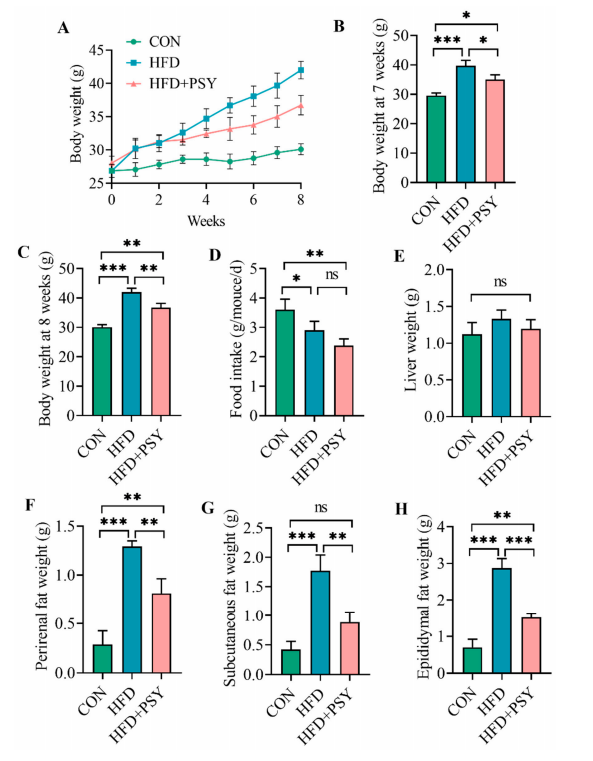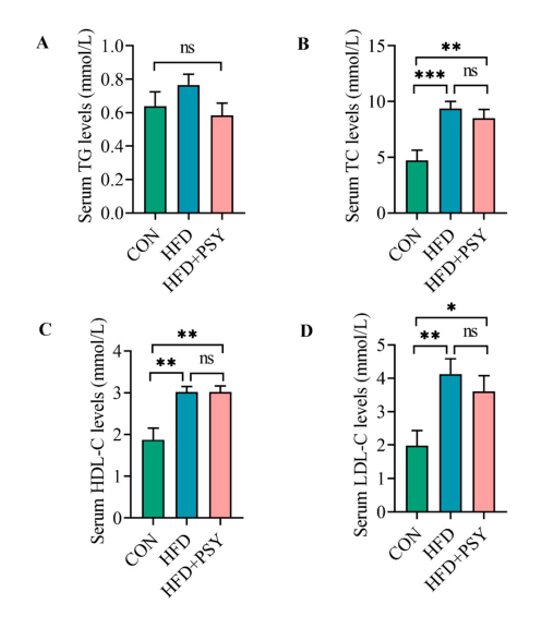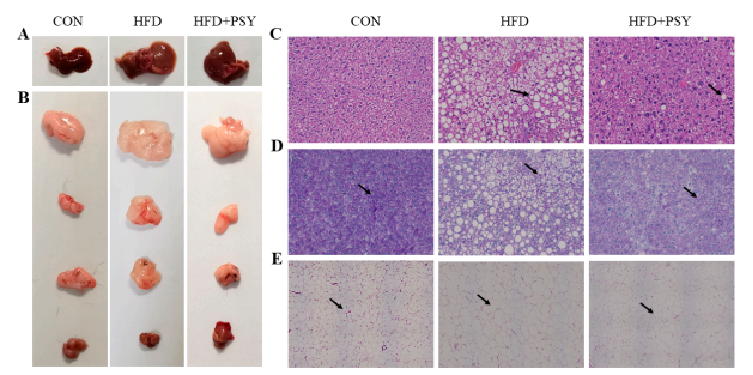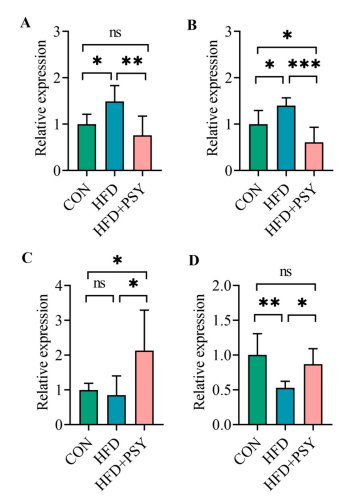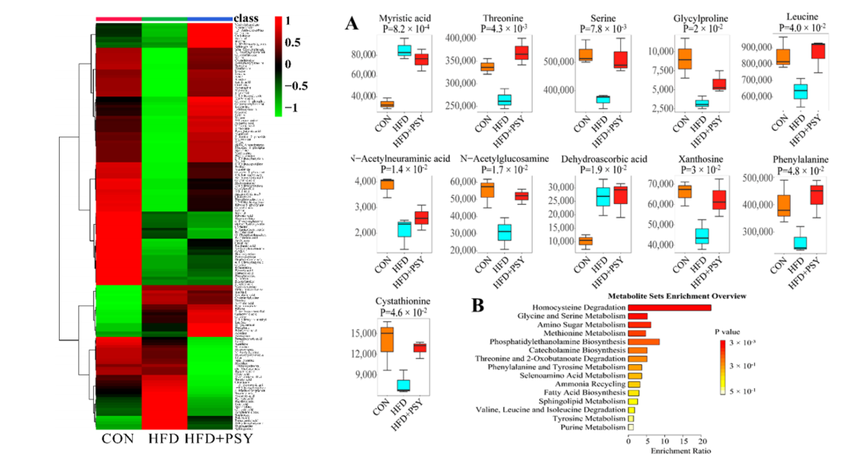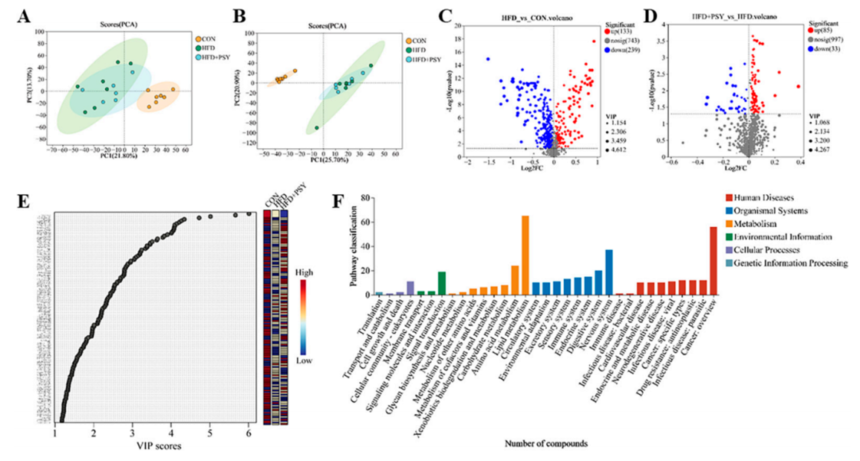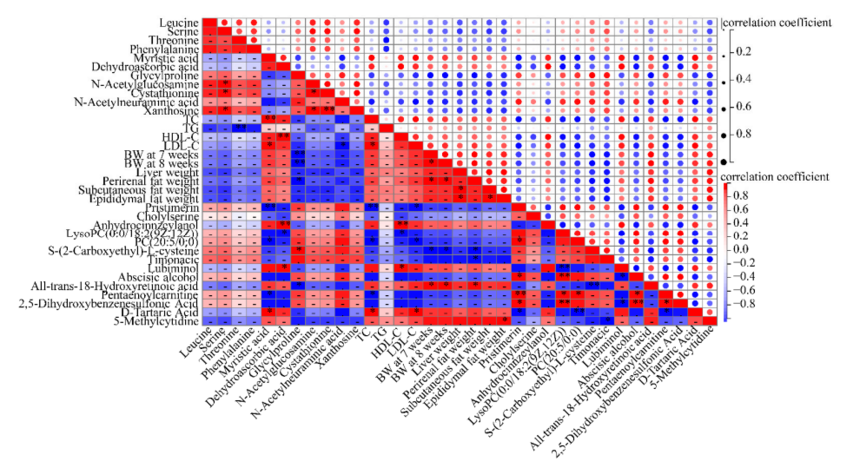Please click the button below to go to our email login page
|
The answer to how to carry out the research on amino acid metabolism reprogrammingLast week, we have understood the basic characteristic of metabolism reprogramming and the research idea pertaining to glucose metabolism reprogramming. Today, let’s learn about the research idea related to amino acid metabolism reprogramming from another paper.
This is a paper published on Nutrients in January of this year with an impact factor of 5.9.
Research background: The prevalence of chronic metabolic diseases such as hyperlipidemia, obesity, atherosclerosis, and non-alcoholic fatty liver disease is rising, which seriously affects people’s health and living standards. These chronic metabolic diseases are often associated with an imbalance between energy consumption and absorption, and there are multiple corresponding treatment modalities, including diet control, exercise, behavior modification, surgery and medication. Moreover, natural phytochemical compounds that possess anti-lipogenesis properties have been used as potential intervention candidates. Previous studies revealed that p-Synephrine (PSY) can effectively suppress obesity and regulate blood pressure, but its role in liver and serum metabolites in individuals with energy disorders is still undefined.
Research results: 1.To explore the impacts of PSY on phenotype of mice with energy disorders induced by HFD feeding, the mice were randomized into three groups. The results indicated that long-term intake of HFD caused excessive fat accumulation, but PSY intervention can evidently reduce the body weight of mice and suppress HFD feeding-induced lipid accumulation in adipose tissue.
2.To probe into the role of PSY in blood lipid level of HFD-induced mice, the total cholesterol (TC) and triglyceride (TG) serum levels were considered as detection indicators and were analyzed. The results revealed that long-term HFD feeding increased the levels of TC, TG, high-density lipoprotein cholesterol (HDL-C) and low-density lipoprotein cholesterol (LDL-C) in the serum, of which the HFD-induced TC, TG and LDL-C levels were later reduced by PSY to a certain extent.
3.To ascertain the effects of PSY on liver and adipose tissue morphology, the mice were dissected and the related histopathological experiments were carried out. The results revealed that long-term HFD feeding can trigger liver and white adipose tissue steatosis, while PSY intervention can improve the morphological characteristics of liver and adipose tissue in HFD-induced mice.
4.The mRNA levels of inflammatory cytokines were detected, and the data unveiled that long-term HFD intake resulted in inflammatory responses of white adipose tissue, which was later mitigated by PSY intervention.
5.The non-targeted metabolomics was adopted to test and identify 149 metabolites in the liver tissues of mice, and the distribution of metabolites in different groups of liver samples was visualized by heatmap. The outcomes displayed that compared to normal control group, long-term HFD feeding brought about significant changes in metabolites in liver tissues of mice, but PSY can reverse the changes in liver metabolite profiles of HFD mice through mediating amino acid metabolism of liver tissue.
6. The serum of mice was subjected to non-targeted metabolomics testing, and the results reflected that PSY notably altered serum metabolic profiles induced by HFD.
7.Based on correlation analysis, lipogenesis was associated with the marked differences in liver and serum metabolites.
Research conclusions: This study demonstrated that PSY administration can alleviate HFD-induced energy abnormality and inflammation of adipose tissues, which is related to the changes in liver and serum metabolites, especially the amino acid metabolism. These findings help to broaden the application of PSY as a functional component and provide novel strategies to the improvement of energy homeostasis via targeting liver and serum metabolites. |


